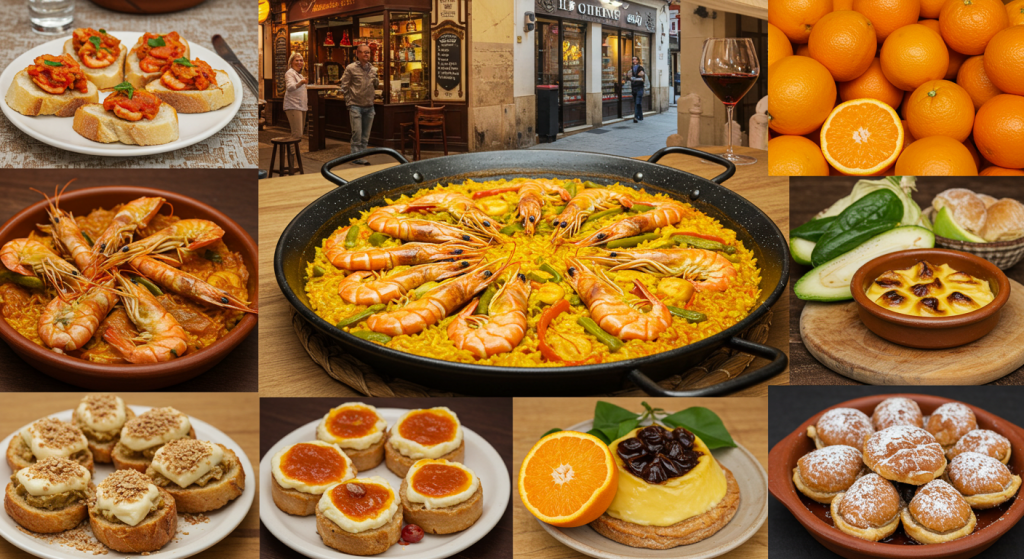
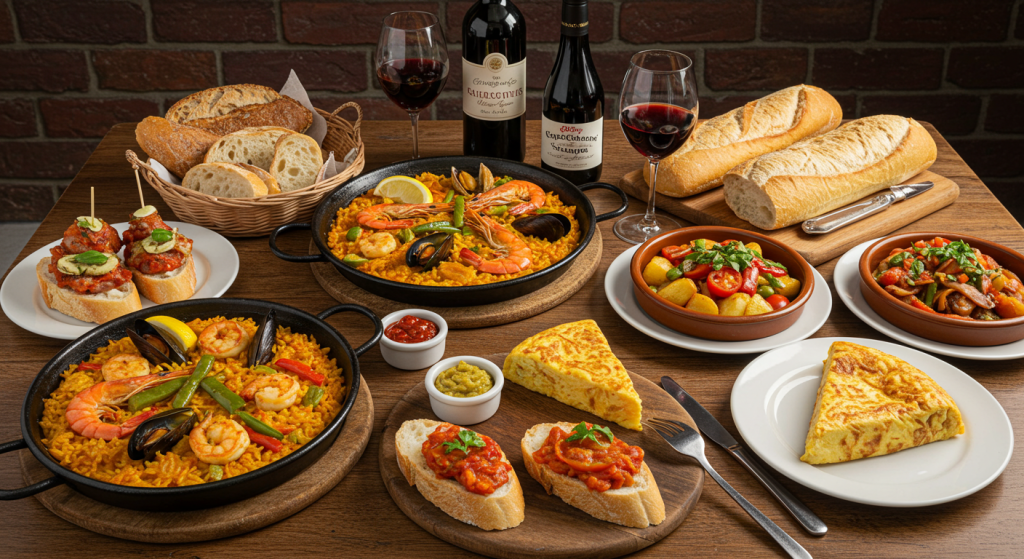
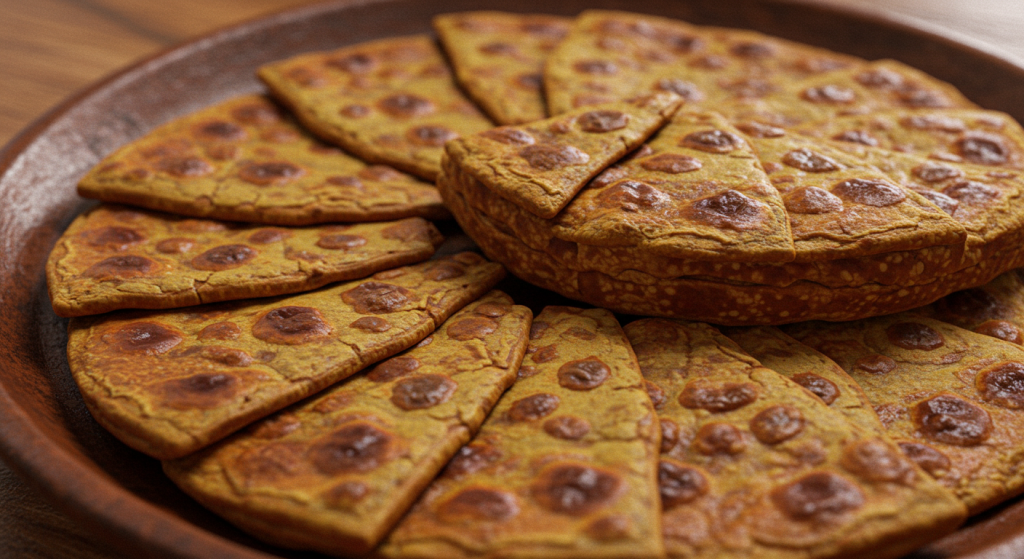
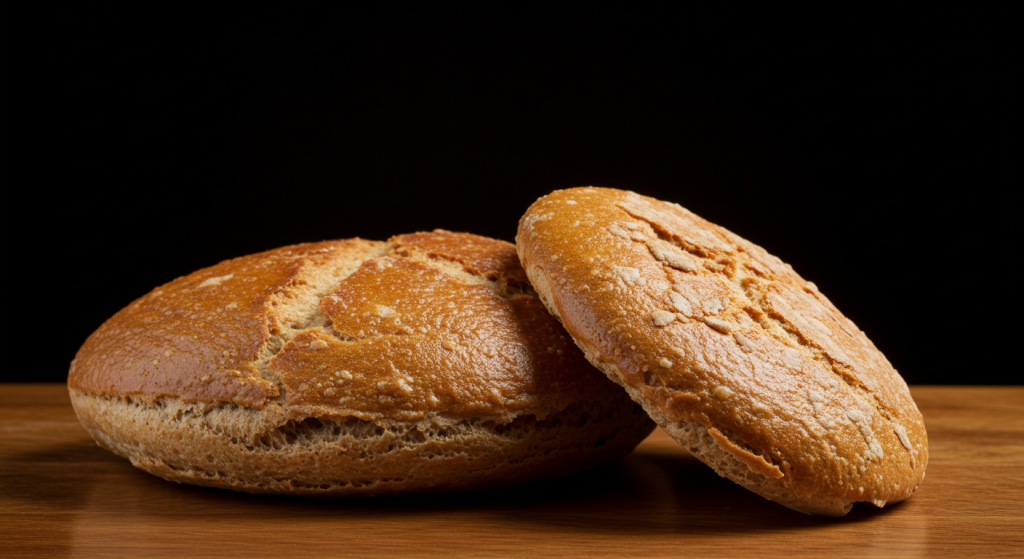
Spain, a country rich in culture and history, is also renowned for its incredible cuisine that reflects its diverse regions and traditions. From the bustling markets of Barcelona to the sun-soaked beaches of Andalusia, Spanish food offers a delightful array of flavors, textures, and aromas that are bound to tantalize your taste buds.
One of the most iconic elements of Spanish cuisine is tapas. These small dishes are perfect for sharing and are designed to encourage socializing and camaraderie among diners. Tapas can range from simple olives and bread to intricate preparations like pulpo a la gallega (Galician-style octopus) and patatas bravas (fried potatoes with spicy sauce). Each region of Spain has its unique take on tapas, allowing diners to experience a taste of the local culture in every bite.
When it comes to traditional Spanish dishes, paella stands out as a symbol of gastronomy in Valencia. This rice dish, often cooked with saffron, can be made with various ingredients, from seafood and chicken to vegetables, giving it a customizable edge that appeals to many palates. Authentic paella is typically cooked in a wide, shallow pan over an open flame, allowing the rice to absorb the flavors and achieve a delightful crispness known as socarrat at the bottom.
Another staple of Spanish cuisine is jamón ibérico, a type of cured ham that is considered one of the finest in the world. Made from the Iberian pig, this delicacy boasts a rich flavor profile that varies depending on the pig’s diet. The process of curing the ham can take several years, resulting in a complex flavor that is often enjoyed thinly sliced and served with bread or as part of a larger charcuterie platter. Pairing it with a glass of Spanish red wine enhances the experience even further, showcasing the best of local produce.
Spain’s regional diversity is also reflected in its vast selection of cheeses. From the creamy queso manchego of La Mancha to the tangy cabrales of Asturias, each region has its specialty that reflects the local environment and culinary practices. These cheeses are typically enjoyed as part of a cheese board or incorporated into various dishes, showcasing the versatility of Spanish dairy products.
No exploration of Spanish cuisine would be complete without mentioning desserts. Churros, deep-fried dough pastries often served with a thick chocolate sauce for dipping, are a favorite among locals and tourists alike. Another popular dessert is tarta de Santiago, a traditional almond cake from the region of Galicia, beautifully decorated with powdered sugar and the cross of Saint James.
Spain’s vibrant food scene is not just about traditional recipes; it is also characterized by innovation and fusion. Many contemporary restaurants play with traditional flavors and ingredients, resulting in unique dishes that pay homage to their roots while offering something fresh and exciting.
In summary, the food of Spain is a delightful exploration of tradition, regional diversity, and innovative gastronomy. Whether you are indulging in tapas with friends, savoring a hearty dish of paella, or delighting in the nuances of fine Spanish ham, you are sure to experience the warmth and richness of Spanish culture in every bite. So, the next time you find yourself in Spain or a Spanish restaurant, let your culinary adventure begin!
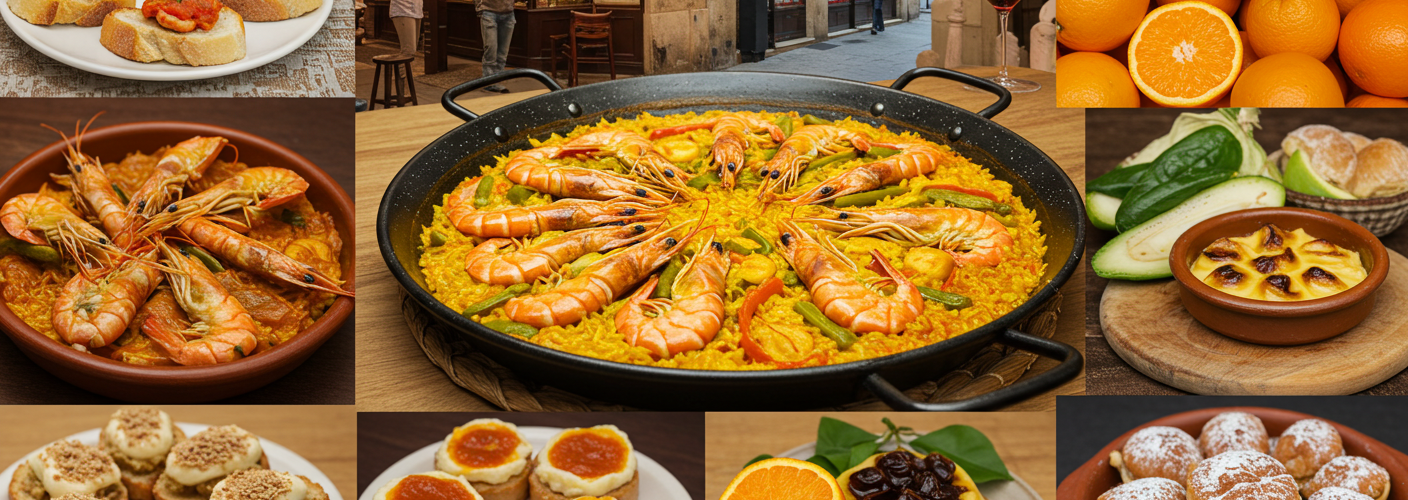



Add comment